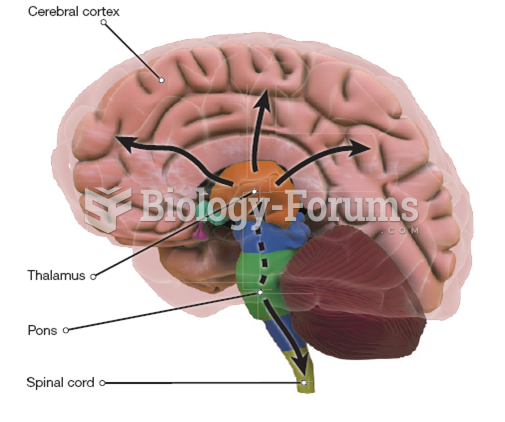This topic contains a solution. Click here to go to the answer
|
|
|
Did you know?
In 2010, opiate painkllers, such as morphine, OxyContin®, and Vicodin®, were tied to almost 60% of drug overdose deaths.
Did you know?
Green tea is able to stop the scent of garlic or onion from causing bad breath.
Did you know?
Cyanide works by making the human body unable to use oxygen.
Did you know?
All adults should have their cholesterol levels checked once every 5 years. During 2009–2010, 69.4% of Americans age 20 and older reported having their cholesterol checked within the last five years.
Did you know?
The people with the highest levels of LDL are Mexican American males and non-Hispanic black females.







